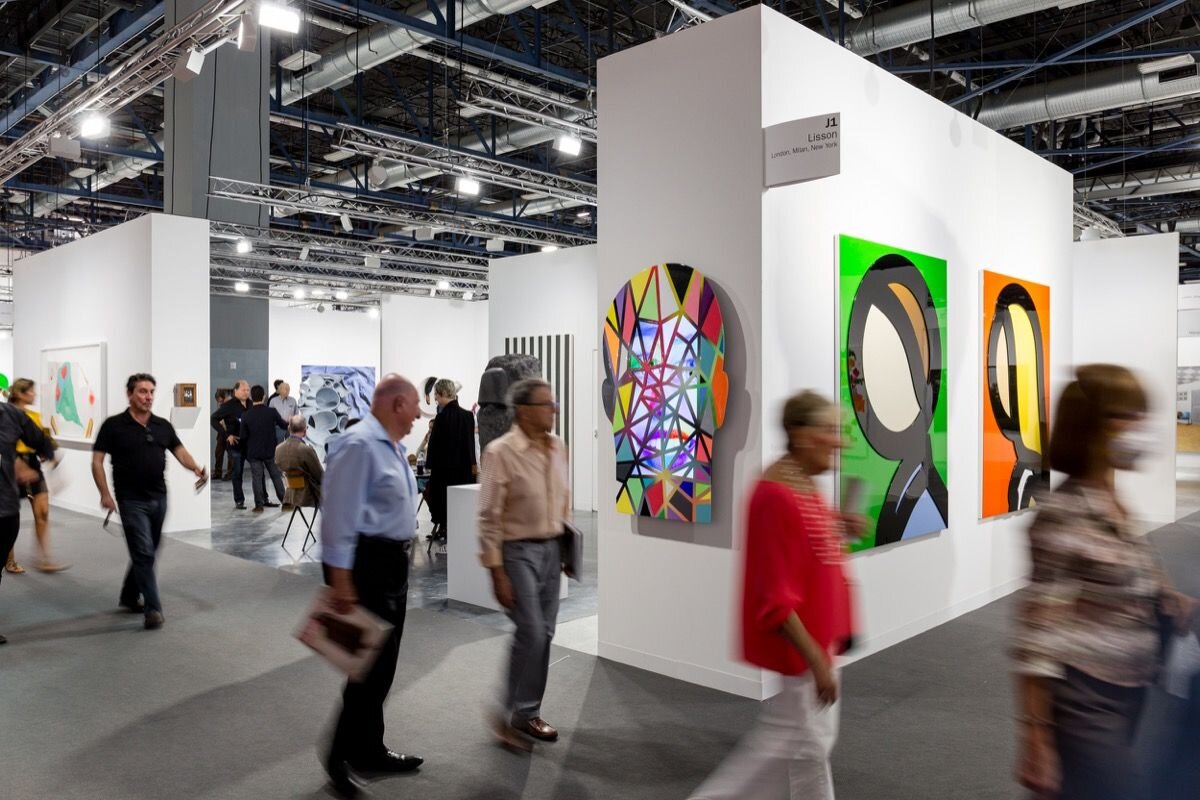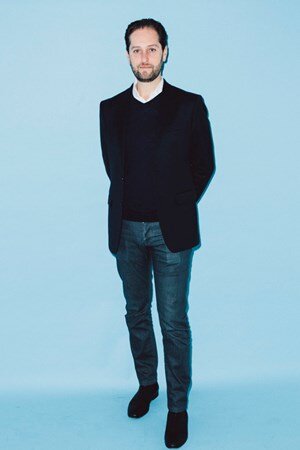Collecting in the Digital Age | “Art Collecting in a Virtual World”
In the digital age and postponement of physical events, concepts around collecting work some may say takes a back seat, Hauser & Wirth say differently. Last week saw Hauser & Wirth speak with Art Basel, collector Patrizia Sandretto and The Financial Times on “Art Collecting in a Virtual World” exploring the ‘shift’ collectors and collections have taken when physical events are on pause. Art and Design Fairs such as Art Basel and Maison & Objet alongside many, showcasing international collectible works, a setting to experience high end ‘up close’ taking an online shift. Eyes gleaming reminiscent of times in a sweet shop, now experience the once physical event take an online shift. The shift from objects and it’s physical grounding, the understanding of how an object utilising space and the ease of a viewer gaining this perspective when present with an object poses a series of challenges for art and design galleries on an international radar.
Galleries with the financial capacity to afford extensive 3D mapping and visualisations software are those presenting the shift to online in a positive light. Creating an immersive and experiential environment for the viewer, although not physically present in the gallery, can access the space through the lens of their computer screen in digital awe. As Iwan Wirth states, it is the “ecosystem of the art world that needs attention” commenting that the next few months will look very different and there poses such great importance on providing a place for exhibitions for artists whether that be digital or physical, the platforms provide a setting to sell work.
First we hear from Italian collector Patrizia Sandretto, one of Europe's most influential patrons of contemporary art as she provides an insight into collecting and the online shift. For Patrizia, her collections are guided by passion, to know the artist, hear directly from them and experience their work is a fundamental aspect when it comes to collecting. Patrizia states that “buying virtually has been a difficult process for new or unknown artists”, however holding a good relationship with the gallery and artist can assist in the process for an online purchase so there has been little impact on the act of collecting in her view. The key point raised here is that this is a “very important moment for galleries to create that space for artists to see their studio space and experience the new work” allowing a digital form of access for collectors and gallerists to step into the worlds of the artist. When physical studio visits and events are on hold,“virtual studio tours provide collectors with the insight they need”. The use of digital softwares, walk-through tours of experiments and insights from the artist can enact further engagement and reach.
The point raised by Iwan Wirth to “re-imagine the art world” is one certainly relevant in the current state of affairs. Understandably challenging, but for artists with a re-imagined outlook on studio practice and ways of working to utilise the digital, provides access and a captured moment to be explored. The digital realm seemingly on the outside, a less personable tool, detracting from the ‘joy’ of physical experience, however can provide “intimate new ways for engagement”. The utilisation of various digital tools such as video art providing other media for online expression, what’s important here is the accessibility to allow people to experience work in alternate ways. As Iwan states, “accessibility and innovation tends to be conservative, in this crisis, the art world and high calibre works are now made available to all”, it is through this interactive element that provides access and increased engagement that is surely one that will begin to take precedence over the coming months.
For Noah Horowitz, Director of Art Basel US, he states the “connective capabilities with the online” and that operating with multiple outposts assists in sales. For many makers and designers the past couple of months hit businesses hard, however in recent times, there is “increased activity as the market stabilises” which comes with a renewed focus with a shift to buy work online. In my view, it is here that the role of a collector should take an active stance and support artists as they always have done, but particularly so during this difficult period. There still lies a great “importance of place and seeing art in the flesh” however artists are now learning to tell stories more deeply and richly, engaging the audience through the online. As Noah states, with the surge in online events “content is king”.
It is within this “hybrid nature” as Noah states whereby artists can increase accessibility and reach. Here we have seen that with tools such as VR, gallery walk-throughs and online viewing rooms, brings about a diverse access point, in which approaching the contemporary art and design realm is opened and brings a new lease of life. With this, can come a very personal access into the world and space of the artist, guiding collectors and viewers to a point of contact, that although digital, can facilitate the access to the experience, but this be seen as a complement rather than an alternative to experience in the physical world.
Thank you for reading,
Cluster Crafts








